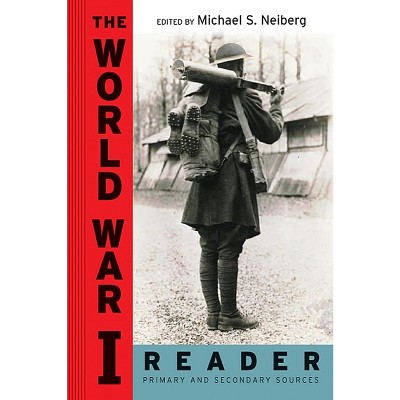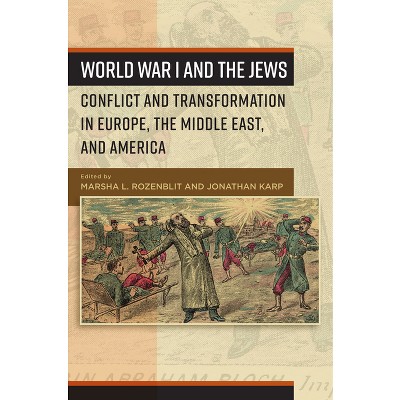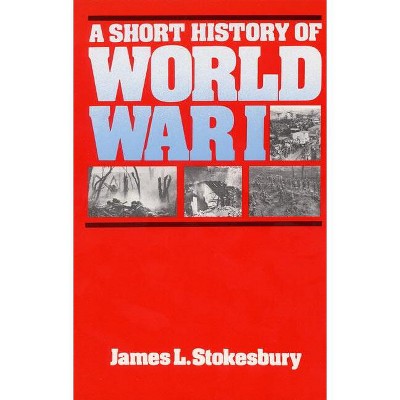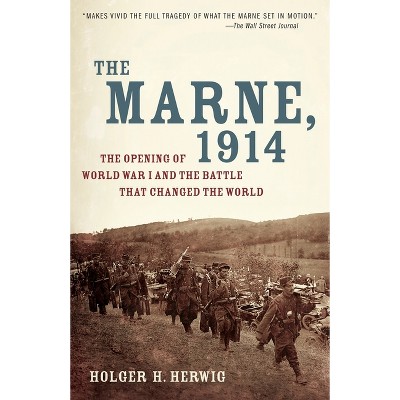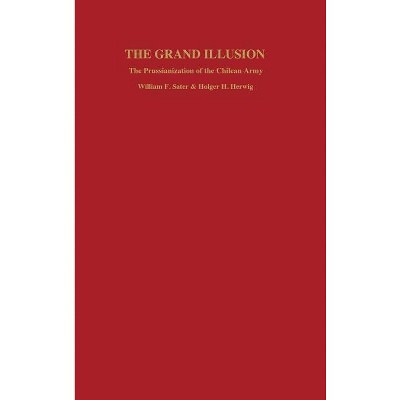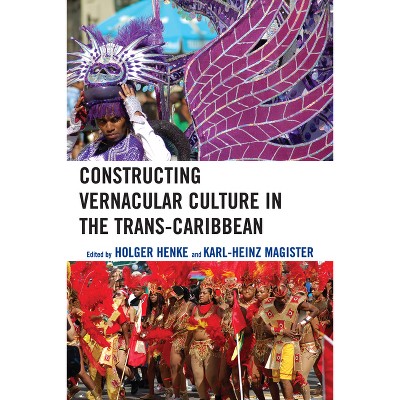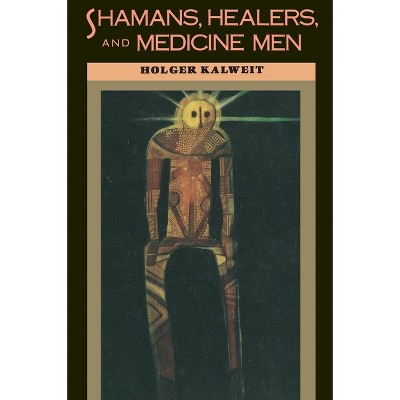Sponsored

The First World War - (Modern Wars) by Holger H Herwig (Paperback)
In Stock
Sponsored
About this item
Highlights
- The Great War toppled four empires, cost the world 24 million lives, and sowed some of the seeds of another worldwide conflagration 20 years later.
- About the Author: Holger H. Herwig is Professor of History at the University of Calgary, Canada.
- 512 Pages
- History, Military
- Series Name: Modern Wars
Description
About the Book
''The great seminal catastrophe of the
twentieth century', as American statesman George F Kennan described the
war, has had no shortage of accounts seen chiefly from Allied
perspectives. In using Vienna and Berlin as his vantage points, Herwig
has comprehensively shown for the first time the other side of that
prodigiously wasteful conflict.
Book Synopsis
The Great War toppled four empires, cost the world 24 million lives, and
sowed some of the seeds of another worldwide conflagration 20 years
later. Yet, until now, there has been no comprehensive treatment of how
Germany and Austria-Hungary - two of the key belligerents - conducted
the war and what defeat meant to them.
Hohenzollern and Habsburg empires conceive of and conduct 'total war'?
What impact did the prolonged fighting have on their societies? Drawing
on his own archival research over the past decade, Holger Herwig
analyses why Vienna opted for war in 1914 and why Berlin took the
calculated risk to back that decision. The war plans and
military campaigns on both Eastern and Western fronts are examined in
detail and key battles, some of the bloodiest and most wasteful in
military history, are narrated and analysed. On the home
front, the mobilization of the civilian populations behind the war
effort had profound social consequences. The militarization of the key
war-related industries led to an industrial women's labour force
emerging in both countries, deeply affecting the role of women in
Germanic society. ''The great seminal catastrophe of the
twentieth century', as American statesman George F Kennan described the
war, has had no shortage of accounts seen chiefly from Allied
perspectives. In using Vienna and Berlin as his vantage points, Herwig
has comprehensively shown for the first time the other side of that
prodigiously wasteful conflict.
From the Back Cover
The Great War toppled four empires, cost the world 24 million dead, and sowed some of the seeds of another worldwide conflagration 20 years later. Yet, until now, there has been no comprehensive treatment of how Germany and Austria-Hungary - two of the key belligerents - conducted the war and what defeat meant to them. Much of the writing on the war has hallowed the tactical and operational effectiveness of the German army. Yet Germany lost the conflict. In tackling this paradox, Herwig shows how greatly the Central Powers suffered from inadequate resources and an incapacity to manage effectively what they had. He also shows with clarity just how much of Germany's effort was expended in sustaining not only its own war effort but also that of its ally, without any corresponding subordination of Vienna to Berlin, as the economic and military realities required. But it is in his reassessment of Germany's military effectiveness that he offers the most fundamental corrective. For readers accustomed to criticisms of the various Allied commanders, Herwig's examination of the German military effort will have uncanny echoes. Even the famous German offensives of March 1918, regarded as a model of breakthrough operations by interwar theorists, are condemned not just for their lack of strategic objective but even for their tactical failings.Review Quotes
"Full of fascinating detail, strongly argued, and lucidly written, Herwig's study is certain to force a re-evaluation of the origins and course of World War One." --Choice
"A comprehensive study...we have needed for some time...one cannot but admire the breathtaking scope of [Herwig's] scholarship. A brilliant work by one of the real giants in the field. An absolute must read for anyone with even a passing interest in the subject." --New York Military Affairs Symposium "In making extensive use of achive material in Germany and Austria... [Herwig] is able to destroy effectively the myth of a well-run German war machine." --The Times Literary Supplement "...the most thorough and readable one-volume history of the war so far available." --History "[Herwig] makes comprehensive use of archival sources....[He] combines this original scholarship with comprehensive synthesis of a generation's worth of specialized research. When clear organization and lucid prose are added to the mix, the result is a definitive analytical overview of the Central Powers at war." --The Journal of Military History "Historian Herwig draws primarily on German and Austro-Hungarian archival sources (many of which have become accessible only in the last decade) to analyze the surprising weaknesses and blundering of those two powers. Following an informative preface by series editor and historian Hew Strachan and an introduction by the author, Herwig presents a terse narrative of the war's course. Chapter notes and an extensive bibliography contain a large number of German and Austrian official sources, while black-and-white maps illustrate major battles and campaigns." --Harry E. WhitmoreAbout the Author
Holger H. Herwig is Professor of History at the University of Calgary, Canada.
Modern Wars series general editor Hew Strachan is Chichele Professor of the History of War, University of Oxford, UK. The advisory editor is Michael Howard.